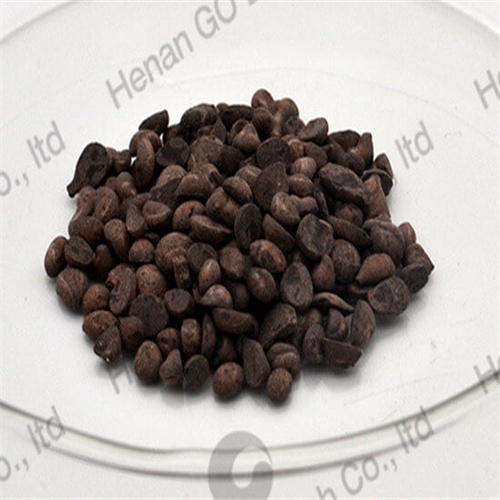In the realm of rubber manufacturing, anti-aging agents play a crucial role in enhancing the overall performance and durability of rubber products. These additives help to prevent the degradation of rubber due to environmental factors such as UV rays, heat, and ozone exposure, thereby extending the service life of rubber applications.

There are several types of anti-aging agents commonly used in the rubber industry. For instance, 6PPD (N-(1,3-dimethylbutyl)-N'-phenyl-p-phenylenediamine) is widely recognized for its excellent antioxidant properties, which significantly enhance the durability of rubber products. Another noteworthy agent is MBI (Rubber antidegradant MB), which further improves water resistance and overall longevity.

The inclusion of anti-aging agents not only enhances the durability but also improves the reliability of rubber products in various applications ranging from automotive tires to industrial belts. By mitigating the effects of aging, these agents ensure that products perform optimally over time, providing manufacturers and consumers with confidence in their quality.

In conclusion, the strategic use of anti-aging agents in rubber manufacturing is essential for achieving high-quality, durable products. As the industry continues to evolve, embracing these additives will be key in maintaining competitive advantage and ensuring customer satisfaction.
